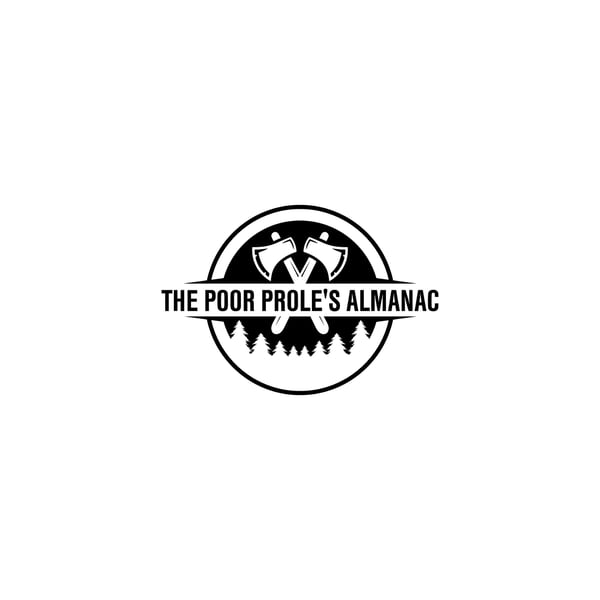Invasion Ecology: Unraveling the History of Invasive Species and Their Impacts
The Poor Prole’s Almanac
Bleav + The Poor Prole’s Alamanac
5 • 761 Ratings
🗓️ 8 July 2024
⏱️ 30 minutes
🧾️ Download transcript
Summary
Transcript
Click on a timestamp to play from that location
| 0:00.0 | Welcome back to the Porpo's Almanac, this is Andy. |
| 0:18.0 | And today we're talking about invasion ecology or invasive species. |
| 0:22.2 | Because of the subject matter itself, I've decided to make it a monologue instead of a conversation |
| 0:27.6 | because I think it'll be more effective at delivering the depth of content that we're looking to give here. |
| 0:33.6 | Additionally, I'd highly recommend picking up Merurgot Magazine's most recent edition as the same |
| 0:38.8 | article is included with thorough citations. |
| 0:42.7 | So to talk about invasive species, we need to back up. |
| 0:46.4 | And I think it's really helpful to look at an invasive species to begin this conversation. |
| 0:52.0 | So here in New England, the autumnolve is considered a non-native |
| 0:55.9 | invasive plant species. In late spring, the trees vibrate with pollinators, up to 47 different |
| 1:02.6 | documented types, happily jumping from flower to flower. The late falls an explosion of red that |
| 1:09.4 | many birds gobble up. |
| 1:11.4 | The fruit turns to energy and the seeds which will be nourished by the nojules on the roots of the tree are dropped across the landscape and work their way into soil. |
| 1:21.3 | These nojules fixate nitrogen into the soil, the same chemical found in commercial fertilizers to improve soils for plant growth. |
| 1:29.4 | Autumnolve is one of roughly 70 plants in the Elangus Elangnus genus, there we go, only one of which is native to North America. |
| 1:38.7 | Our native one, the Silverberry, has continued to exist across much of the continent, but largely the Midwest, where it has historically been managed with fire. |
| 1:48.0 | Smaller but still full of sugary nectar, the native silverberry has little documentation of pollinator support, but seems to support generalist species, much like the autumn olive. |
| 2:00.0 | Silverberry shares many traits like the autumn olive. |
| 2:06.2 | Silverberry shares many traits with the automolive, including its massive clusters of red berries gobbled up by birds. How can these two trees so closely related and sharing such |
| 2:11.5 | similar traits demand such different management solutions simply because of their point of origin. |
| 2:19.3 | This is actually a trick question. |
| 2:22.3 | I say native, but it's not native to the East Coast. |
... |
Please login to see the full transcript.
Disclaimer: The podcast and artwork embedded on this page are from Bleav + The Poor Prole’s Alamanac, and are the property of its owner and not affiliated with or endorsed by Tapesearch.
Generated transcripts are the property of Bleav + The Poor Prole’s Alamanac and are distributed freely under the Fair Use doctrine. Transcripts generated by Tapesearch are not guaranteed to be accurate.
Copyright © Tapesearch 2025.

